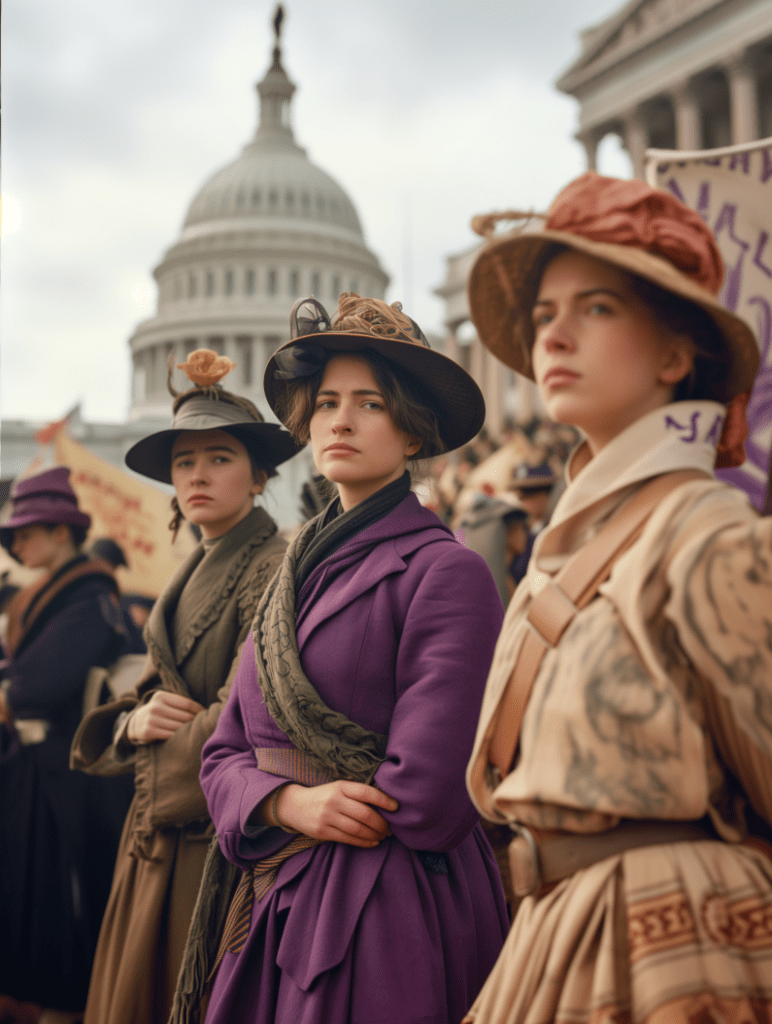On This Day, January 12, 1915, a significant moment occurred in the history of women’s rights in the United States when the House of Representatives rejected a proposal to grant women the right to vote. This event was a part of the long and arduous struggle for women’s suffrage in the United States, a movement that sought to secure equal voting rights for women.
The proposal in question was a constitutional amendment that, if passed, would have enfranchised women across the nation. The suffrage movement had been gaining momentum since the mid-19th century, with activists like Susan B. Anthony, Elizabeth Cady Stanton, and many others leading the charge for women’s rights. Despite the growing support, the movement faced significant opposition, both politically and socially.
The rejection by the House of Representatives in 1915 was a setback for the suffrage movement, but it did not deter the activists. They continued to campaign tirelessly for their rights, organizing protests, parades, and other forms of advocacy to raise public awareness and support for the cause.
Their efforts finally culminated in the ratification of the 19th Amendment to the U.S. Constitution on August 18, 1920. This amendment prohibited the states and the federal government from denying the right to vote to citizens of the United States on the basis of sex, effectively granting women the right to vote.
The rejection of the proposal on January 12, 1915, is a reminder of the struggles and perseverance of the women’s suffrage movement. It highlights the journey towards achieving voting rights for women, a pivotal change in American democracy and a significant milestone in the broader fight for gender equality.
